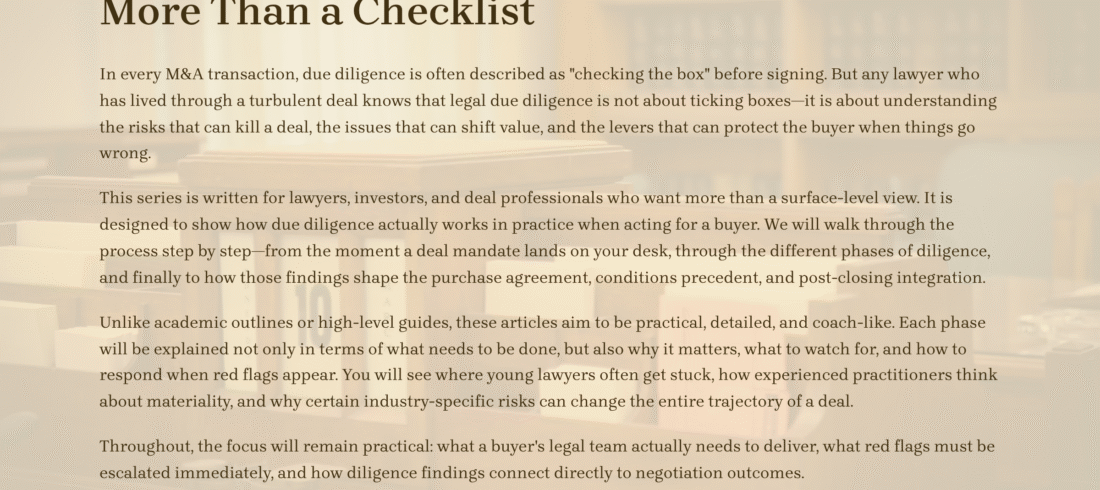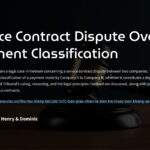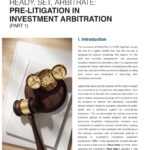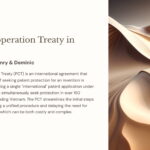To read or download the article, please click the following link.
In the application of Vietnamese law, distinguishing between “counterfeit goods” and “goods infringing intellectual property (IP) rights” plays a crucial role in classification, enforcement, and legal liability, particularly in the realm of criminal prosecution. However, the two concepts significantly overlap, while the legal framework remains fragmented and inconsistent, making it difficult to delineate boundaries and increasing the risk of misapplication.
Concepts and Scope of Application
Under Clause 7, Article 3 of Decree No. 98/2020/ND-CP, counterfeit goods include products that (i) have no use value or fail to meet quality standards, (ii) are falsely labeled in terms of origin, stamps, labels, or packaging, or (iii) contain harmful chemicals or lack declared active ingredients. The legal purpose here is primarily consumer protection and combating commercial fraud.
In contrast, IP counterfeit goods, as defined under the 2005 Law on Intellectual Property (as amended in 2022) and Decree No. 105/2006/ND-CP, are products that infringe upon rights to trademarks, geographical indications, patents, industrial designs, copyrights, and other forms of IP. The legal objective in this context is the protection of intangible property rights of the right holders.
The most common practical scenario involves goods bearing signs of trademark or geographical indication infringement, an act that may simultaneously be considered both (i) trademark infringement (under the IP Law) and (ii) counterfeit in origin (under Decree 98). This overlap exemplifies the legal ambiguity that complicates enforcement.
Quantitative Threshold: The 70% Benchmark
A technical criterion adopted in law is the 70% quality threshold compared to declared standards. If a product contains active ingredients or meets quality indices at or below 70% of the declared standard, it is classified as counterfeit due to quality. This standard is particularly critical in administrative and criminal enforcement involving products such as dietary supplements, pharmaceuticals, cosmetics, and industrial chemicals.
If a product exceeds the 70% threshold but still falls short of the declared standard, it may be classified as substandard goods or IP-infringing goods, depending on the circumstances, but is not considered counterfeit under current regulations. This technical distinction is vital in product testing and criminal investigation.
Differences in Criminal Penalties
The current Penal Code separates offenses into two distinct groups: (i) crimes involving counterfeit goods (Articles 192–195), and (ii) crimes involving infringement of industrial property rights (Article 226) and copyright (Article 225). Notably, the penalties for counterfeit goods are significantly more severe—up to 15 years of imprisonment for individuals and a fine of up to VND 9 billion for legal entities.
In contrast, the maximum penalty for IP infringement under Articles 225 and 226 is three years of imprisonment, reform without detention, or a monetary fine.
This discrepancy gives rise to situations where the same conduct, such as producing goods with counterfeit trademarks and substandard quality, may fall under two different legal regimes, with drastically different consequences. This has sparked considerable debate among legal scholars and in judicial practice.
It is also important to note that Clause 3, Article 1 of Decree No. 98/2020/ND-CP stipulates that if the violation concerns IP rights, then administrative sanctions must be imposed under the relevant regulations in the corresponding areas of state management. The provisions on counterfeit goods under Decree 98 shall not apply. Based on this clause, state authorities may justifiably pursue charges under IP laws instead of counterfeit goods laws.
Practical Considerations
Given the current legal landscape, businesses and individuals under investigation cannot always predict whether authorities will apply the legal framework governing counterfeit goods or that governing IP violations. This uncertainty demands heightened caution in production and business operations, especially in sectors prone to IP issues such as FMCG, cosmetics, pharmaceuticals, and fashion.
It also requires legal practitioners to closely monitor how different regulatory bodies interpret and apply the law during each stage of investigation and prosecution.
In an environment where overlapping legal concepts remain unresolved, conduct must be carefully assessed through both product quality testing and evaluation of IP infringement elements to accurately determine the full extent and nature of the violation.







